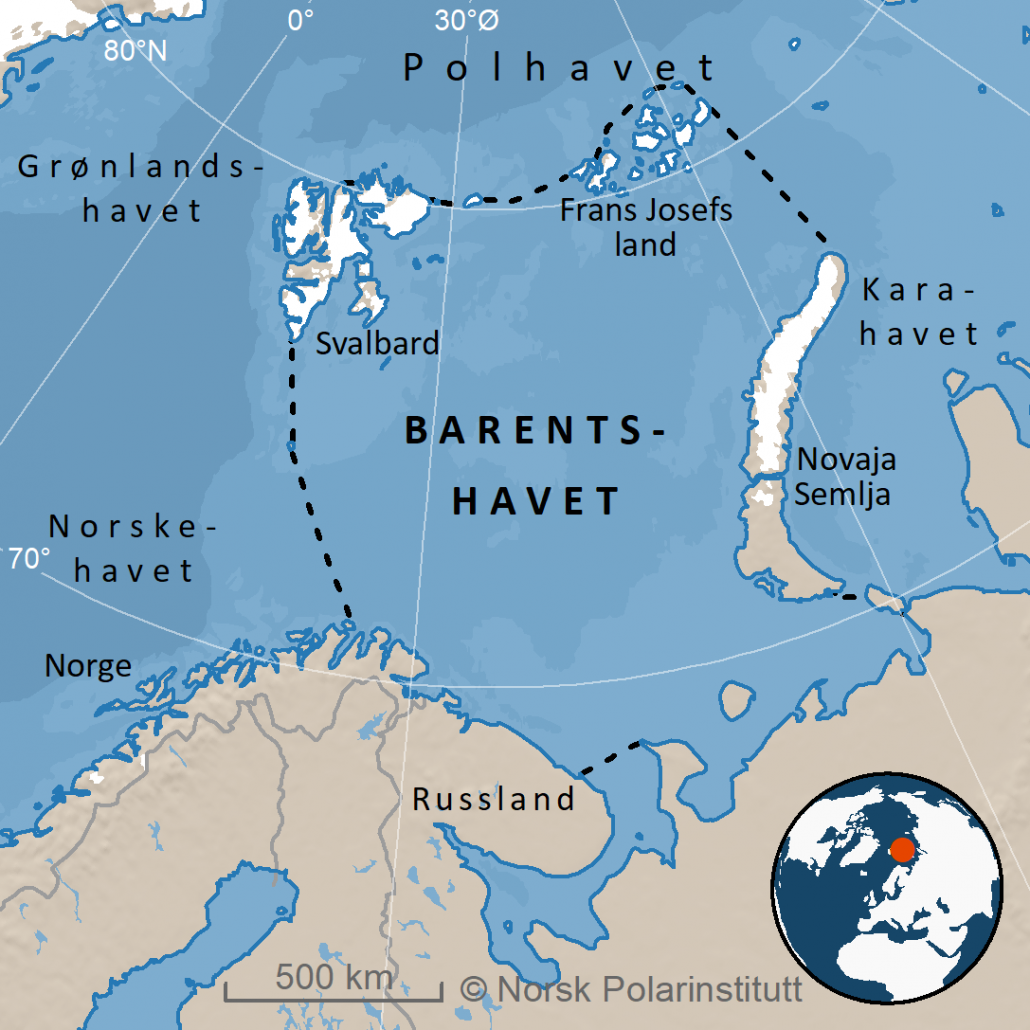Deep trenches are found in many places and they typically have a horizontal soft bottom due to the accumulation of sediment. Many banks and other extensive areas, on the other hand, have relatively little sedimentation owing to powerful currents. Northward-flowing ocean currents transport Atlantic water eastwards and northwards, and southward-flowing ocean currents transport Arctic water southwards. The supply of Atlantic water helps to make parts of the area stand out from other Arctic seas at a similar latitude, and it also means that these areas are comparatively easily accessible for most of the year.
The Barents Sea is one of the most productive oceanic areas in the world, and few other seas can boast a corresponding abundance of breeding seabirds. At least 20 million seabirds live here in summer. They belong to 40 different species and breed in 1600 colonies.
The Barents Sea is very important for the Norwegian fishing industry, since it is both a valuable growing-up area for several important species of fish and big catches are taken here. For the past 40 years, the Barents Sea has given a yield of between 1 and 3.5 million tonnes of fish.
The Norwegian Polar Institute focuses on the Barents Sea
Norwegian Polar Institute scientists study Barents Sea ecosystems, birds and mammals, and the sea ice itself, and our environmental managers helped to draw up the Management Plan for the Barents Sea.

